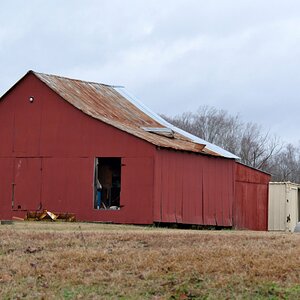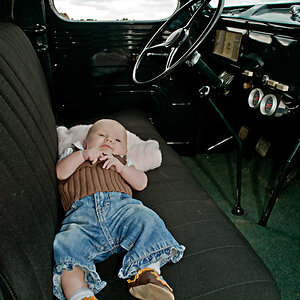c_lawrence
TPF Noob!
- Joined
- Feb 23, 2008
- Messages
- 71
- Reaction score
- 0
- Location
- Winder, GA
- Can others edit my Photos
- Photos NOT OK to edit
So, I've read through many threads on TPF and many other sites online and have learned a lot about model and property releases. However, one question I can't seem to find a concrete answer to is whether model and property releases are required when using a photo in a portfolio (both hardcopy and online). I know there are a lot of readers who have an 'idea' or 'opinion' or 'think' they know the answer - and as much as I enjoy hearing from everyone - it would really be helpful if someone KNOWS this answer... maybe has consulted an attorney or has an attorney friend... or IS an attorney  .
.
Most importantly... I am in the USA - Georgia - so answers specific to this country/state would be greatly appreciated!
Thanks
Most importantly... I am in the USA - Georgia - so answers specific to this country/state would be greatly appreciated!
Thanks










